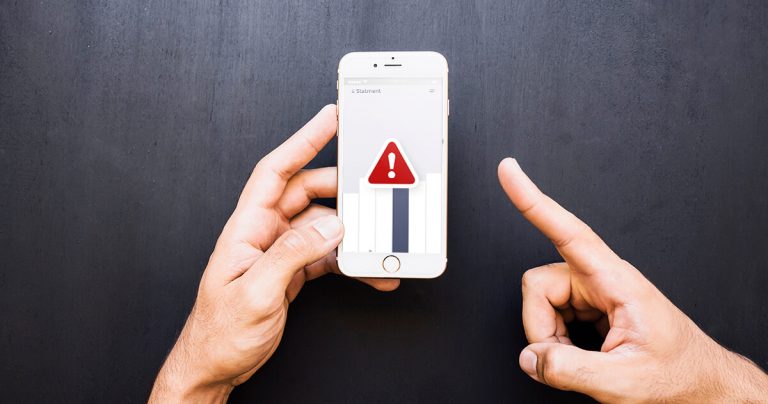Introduction
Defining QA and testing
The Future of QA Testing: We need to examine and analyse the data and the apparatus before generating any content that demonstrates technological or non-technical capability, and we need to acquire a testing or quality assurance method after developing those contents (here content refers to anything from a technical or non-technical standpoint) (QA). Testing and QA, as the name implies, is all about checking the content’s creation from all angles and the performance of that content’s behaviour. In simple terms, testing and QA determine how well a software/application/content is performing and whether it needs to be improved. It is now referred to as the software/collarbone. application’sWhy is QA and Testingimportant?
QA & Testing process, like any other, has evolved into a vital aspect in the development of the IT industry, beginning as a supporting role-player. And it’s not just from a business standpoint; it’s also from the standpoint of customer satisfaction. According to the World Quality Report, before hitting the market, a software, online, or mobile application must go through several key testing cycles in order to keep the firms’ commitments intact.How its role brings a significant impact
QA and testing aren’t only about eliminating software flaws; they also have to be tailored to the needs of the customer. These variables must be examined more closely, such as how the end-user interacts with the software’s features, how it meets their needs for utilising the software, and so on. As a result, highly qualified testers and QA engineers use their testing talents to drive the market and support any application, allowing them to reign or be washed out of it.Jobs in Testing
People have gained a lot of jobs and opportunities as a result of the shifting trend in software testing and development. For example, Oprimes has grown to become India’s largest crowd-testing platform, relying solely on the ways of freelance testers around the world. This SaaS platform is beneficial not just to people who excel at testing, but also to enterprises.
What Does the Future Hold for Quality Assurance and Testing?

With the rise of Agile Software Development and DevOps, QA’s role has shifted from that of a supporting player to that of a key player. It has been determined and observed that in the near future, organisations’ goals and approaches to building up testing units will be more thorough, resulting in additional job chances. As a result, testing’s role in providing high-speed services has become more prominent. IoTs, AI and machine learning, and Deep Learning are the primary developments.. They are thought to be the true future of not just the business, IT, and other sectors, but also the testing and quality assurance sectors. The testers’ strong analytical and observational skills, combined with a smattering of technical skills, will be critical in amplifying these innovations in the market.
Future of Quality Assurance and Testing in AI
Although the debate over the differences between AI and Internet of things (IoT) is stated to be ongoing, the importance of testing in both of these entities is still being debated. The advancement of AI (or IOT) has paved the way for the advancement of automation in testing. We’ve seen a lot of changes, migraton from human testing to automated testing in one case study involving ChatBot. And, at moments, their interdependence is thrilling. It’s possible that when we test an AI-driven technology, we used AI-driven testing procedures as well. As a result, we can say that the test automation tools will be able to apply AI methodologies to test some AI-embedded technologies, such as ChatBot.
The Importance of Testing in Machine Learning and Deep Learning
However, it is a lively and current topic. Deep learning is a sub-field of machine learning in which an artificial neural network, using complicated algorithms similar to those used by the human brain, is created to mimic the human brain’s learning methods. When a network’s prospects are determined, testing based on current testing trends is indicated to be required. And it’s here that we may get a taste of what’s new in the testing and quality assurance industries. Furthermore, the analytical technique is critical for determining whether the neural network is compatible with real world. As a result, deep neural nets that mimic human-world interactions will necessitate the same, or more comprehensive, analysis that a tester performs during software testing.
Putting Blockchain Technology to the Test
Decentralized ledger technology, or blockchains, is well-known, and testing approaches and vision in these technologies is a recent, and ongoing conversation.
As such, testing phases such as block testing, performance testing, API testing, security testing, and so on – all of which are similar to other testing cycles – are known to be viable testing and are QA activities that any blockchain-based technology would go through and must pass.
Some blockchain testing technologies are also used in the testing process. Ganache, Etherium tester, Hyperlaedger composure, are examples of these tools.
Finally, we can observe and assess the current trend, which primarily emphasises the need of quality assurance in blockchain technology, and if successful, we may expect to see this trend in non-fungible tokens and other aspects as well.






